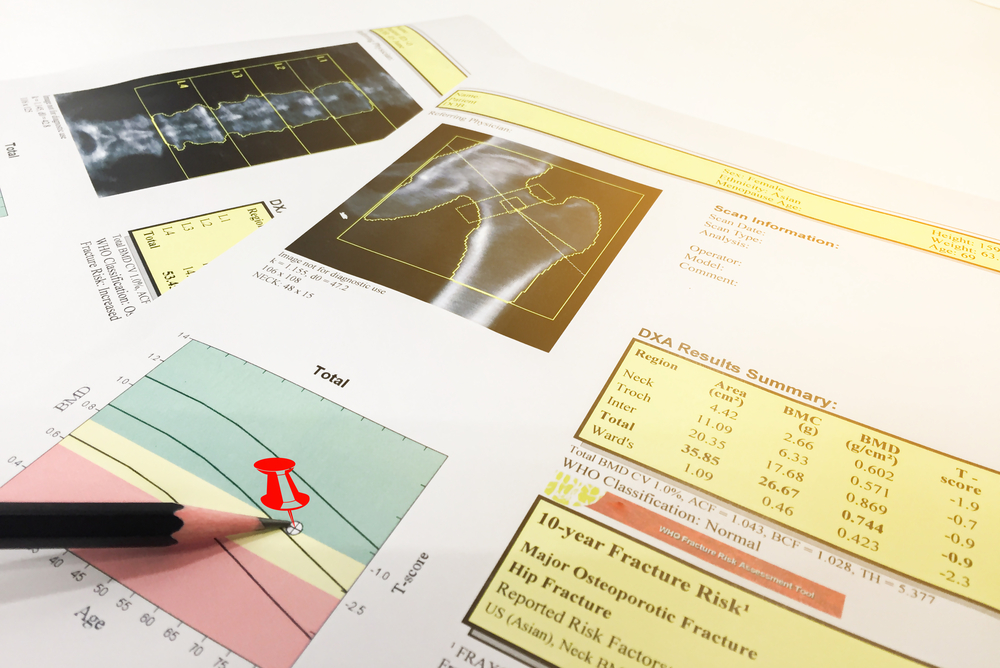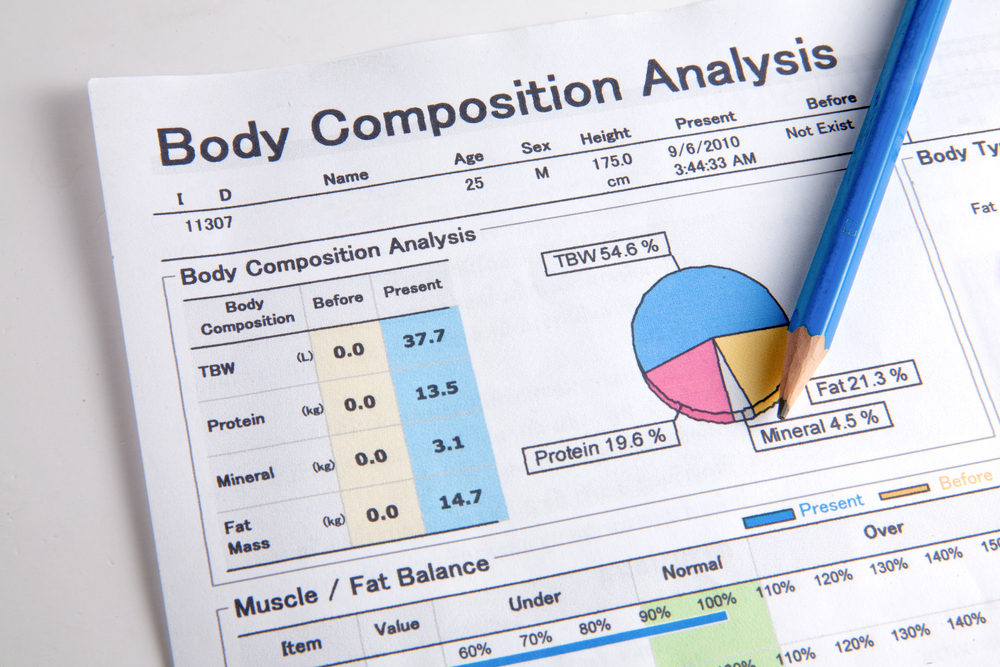Dexa Scans: Why Am I Asked To Get One Done?
In diabetes and thyroid clinics, like DETS, our healthcare professionals have a comprehensive approach to managing the health of our patients. One tool we utilize is the Dexa scan, also known as Dual-Energy X-ray Absorptiometry. This non-invasive imaging technique offers valuable insights into bone health and body composition. In this blog post, we will explore what Dexa scans are, who may benefit from them, what the results may reveal, and why they play a crucial role in diabetes and thyroid clinics.
What is a Dexa Scan?
A Dexa scan, also known as Dual-Energy X-ray Absorptiometry, is a non-invasive medical imaging technique used to measure bone mineral density (BMD) and body composition.
It involves the use of low-dose X-ray beams to evaluate the density of different tissues, primarily bones, in the body.
The primary purpose of a Dexa scan is to assess bone health and diagnose conditions such as osteoporosis, a condition characterized by low bone density and increased risk of fractures.
It provides accurate measurements of BMD at various sites, such as the spine, hip, and wrist. Dexa scans can detect bone loss early, monitor the progression of osteoporosis, and assess the effectiveness of treatment.
Why Is My Provider Requesting I Get One?

Individuals with diabetes: Diabetes, particularly when poorly controlled, can raise the risk of bone-related complications like osteoporosis. Dexa scans help assess bone health in diabetic patients, identify the need for preventive measures or treatment, and monitor bone density changes resulting from diabetes medications.
Thyroid disorder patients: Both hypothyroidism (underactive thyroid) and hyperthyroidism (overactive thyroid) can impact bone density and increase the risk of osteoporosis. Dexa scans aid in evaluating bone health in individuals with thyroid disorders and guide treatment plans.
Postmenopausal women: Women after menopause face an increased risk of osteoporosis due to hormonal changes. Dexa scans enable the identification of bone loss extent and the determination of appropriate preventive or therapeutic interventions.
Older adults: As people age, the risk of osteoporosis and fractures rises. Dexa scans assist in diagnosing osteoporosis and assessing fracture risk, enabling tailored management strategies.
Individuals with specific risk factors: Those with a family history of osteoporosis, low body weight, smoking habits, excessive alcohol consumption, or certain medical conditions (e.g., rheumatoid arthritis) may benefit from Dexa scans to assess their bone health.
Assessing Body Composition

Apart from bone health, Dexa scans provide valuable information about body composition. They can determine the distribution of fat, lean muscle mass, and visceral fat.
This is particularly relevant in diabetes and thyroid clinics, as body composition changes can impact insulin sensitivity, metabolic health, and overall well-being. Dexa scans assist healthcare professionals in evaluating these changes and tailoring treatment strategies accordingly.
How Often Should I Be Tested?
The frequency of Dexa scans varies based on factors such as age, diabetes control, thyroid status, and the presence of other risk factors for bone-related complications.
Guidelines generally recommend repeating Dexa scans every 1-2 years for postmenopausal women, individuals with osteoporosis, and those undergoing treatment. However, the healthcare provider at the clinic will determine the appropriate interval for repeat scans based on your specific needs and clinical guidelines.



